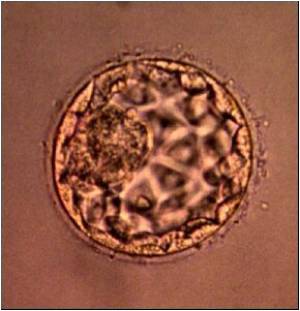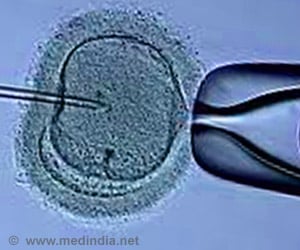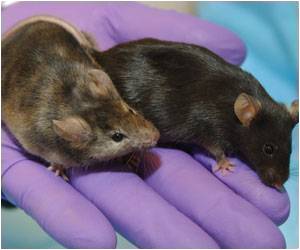A fertilized mammalian egg releases from its surface billions of zinc atoms in zinc sparks, one wave after another, reveals a new study.

Zinc flux plays a central role in regulating the biochemical processes that ensure a healthy egg-to-embryo transition, and this new unprecedented quantitative information should be useful in improving in vitro fertilization methods.
Teresa K. Woodruff, an expert in ovarian biology and one of two corresponding authors of the study, said that the amount of zinc released by an egg could be a great marker for identifying a high-quality fertilized egg and if they can identify the best eggs, fewer embryos would need to be transferred during fertility treatments.
The study establishes how eggs compartmentalize and distribute zinc to control the developmental processes that allow the egg to become a healthy embryo. Zinc is part of a master switch that controls the decision to grow and change into a completely new genetic organism.
The study was published in the journal Nature Chemistry.
Source-ANI










